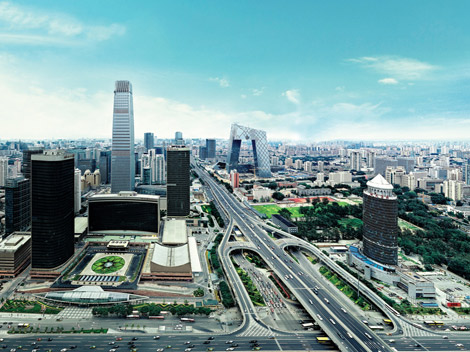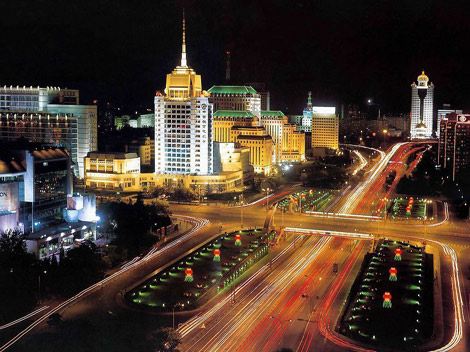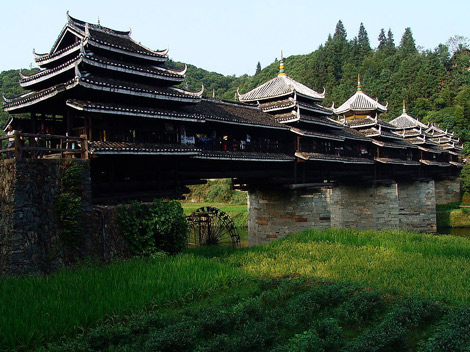more>>More News
- National Day
- ways to integrate into Chinese style life
- Should they be in the same university with me?!!
- Chinese Ping Pang Legend: the Sun Will Never Set
- A Glance of those Funny University Associations
- mahjong----The game of a brand new sexy
- Magpie Festival
- Park Shares Zongzi for Dragon Boat Festival
- Yue Fei —— Great Hero
- Mei Lanfang——Master of Peking Opera
Chang'an Boulevard
By admin on 2015-01-19
Chang'an (Eternal Peace) Boulevard 长安街 is the central
section of a 38kilometerlong road which forms the east-west axis of Beijing,
linking downtown with the suburbs. Centered at Tian'anmen Square, the road
stretches from Eight-Li Village (Balizhuang) in Tongzhou District in the east to
Stone View Hill (Shijingshan) in the west. Chang'an Boulevard today is both wide and
magnificent, but in the past it was a mere dirt road. Over 500 years ago, when
Emperor Yongle began to rebuild Beijing, he put a road in front of Chengtianmen
Gate (Gate That Bears Heaven) on the site of Yuan Dynasty southern city wall. At
that time, because the road passed directly in front of the Imperial Palace and
the walls of the Imperial City further south on line with Zhengyangmen Gate. On
either side of the Gate That Bears Heaven, he put up the Left Gate of Eternal
Peace (to the east) and the Right Gate of Eternal Peace (to the west). The
section east of the Left Gate to Dongdan was called East Chang'an Boulevard,
that to the west of the Right Gate, West Chang'an Boulevard. But, being that the
square in front of the Gate That Bears Heaven was off limits to commoners, it
was prohibited to traverse these boulevards. Only the top three scholars in the
triennial imperial examinations, after receiving their titles in the Jindian
(Golden) Hall, could rise out of Tian'anmen Gate and along this length of road.
During the Qing Dynasty, the Left Gate of Eternal
Peace became the East Gate of Eternal Peace (Dongchang' anmen) and the Right
Gate of Eternal Peace became the West Gate of Eternal Peace (Xichang' anmen).
With the establishment of the Republic in 1912, Chang'an Boulevard was opened to
the public, but at that time, the flagstone road was merely seven meters wide.
During the Northern Warlord period, the flagstones were replaced with asphalt,
its widest section was only 25 meters. Trolley cars then ran this stretch for
the first time. In 1952, the East and West Gates of Eternal Peace
were pulled down to make way for traffic flow. In 1954, the memorial archways
were moved to Taoranting Park. After 1959, with the rapid development of the
city, an increasing number of high-rise buildings were erected and the boulevard
was widened to its present dimensions. 


- Contact Us
-
Tel:
0086-571-88165708
0086-571-88165512E-mail:
admission@cuecc.com
- About Us
- Who We Are What we do Why CUECC How to Apply
- Address
- Study in China TESOL in China
Hangzhou Jiaoyu Science and Technology Co.LTD.
Copyright 2003-2024, All rights reserved




 Chinese
Chinese
 English
English
 Korean
Korean
 Japanese
Japanese
 French
French
 Russian
Russian
 Vietnamese
Vietnamese
